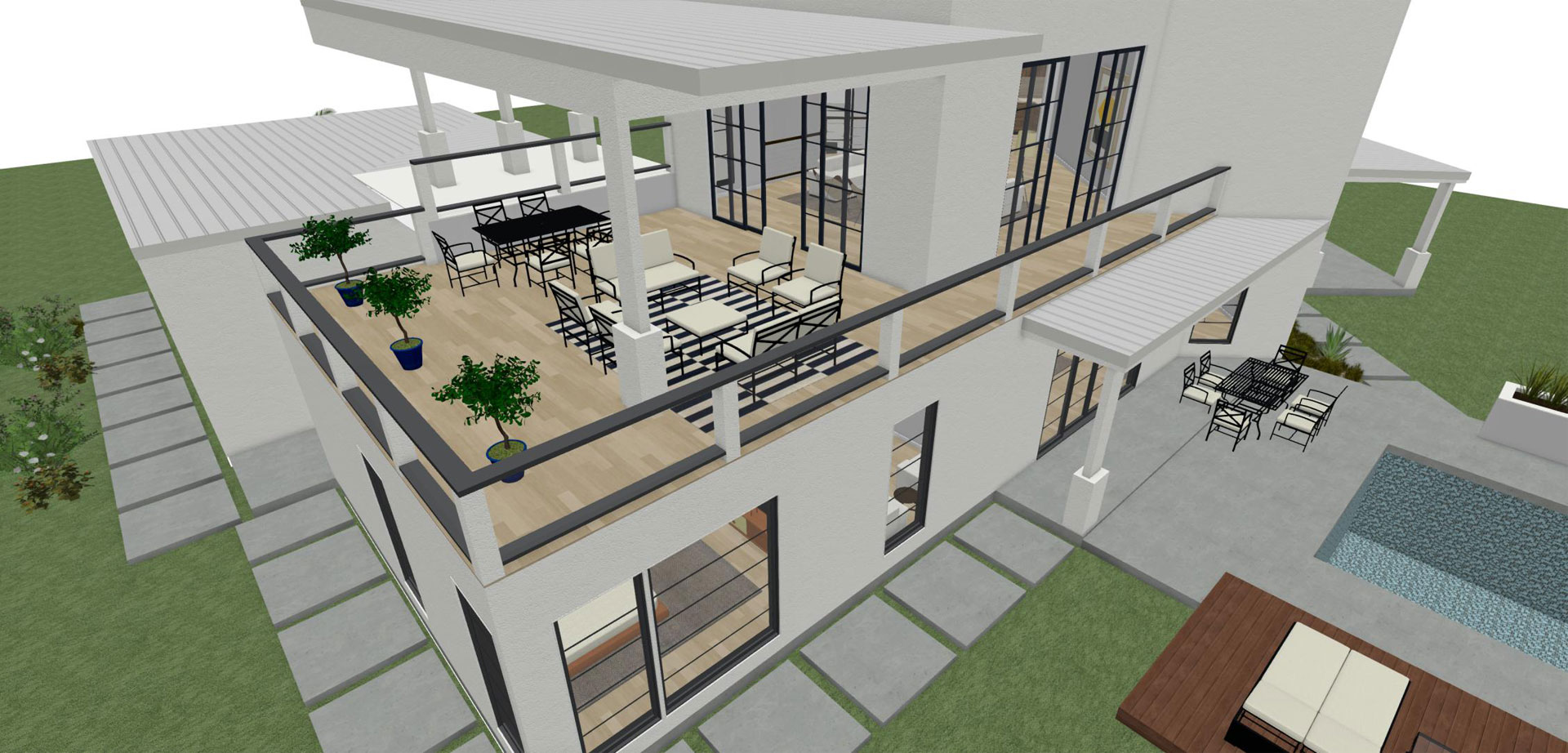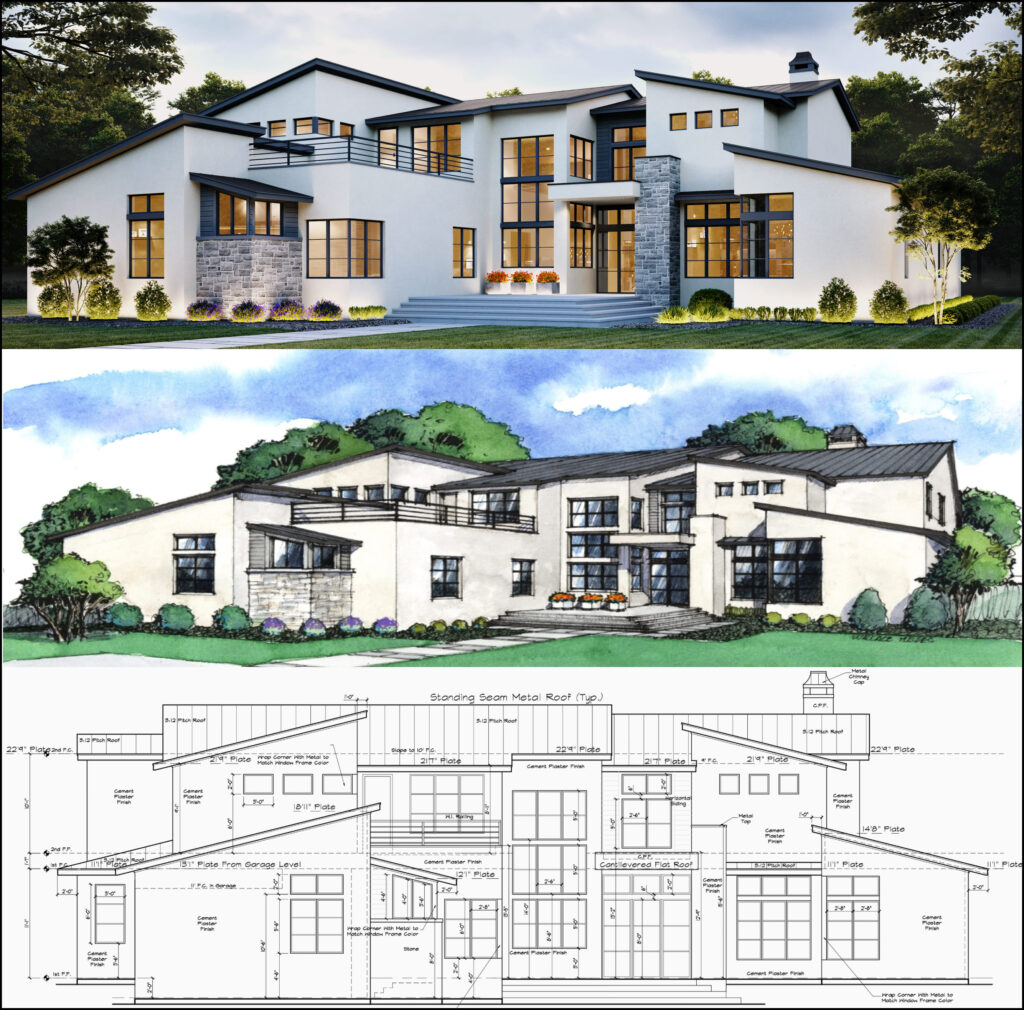The Creative Refine Behind Effective Projects from CDA Architects
The Creative Refine Behind Effective Projects from CDA Architects
Blog Article
The Important Function of an Architect in Forming Lasting Urban Atmospheres for Future Generations
The function of an engineer in crafting sustainable metropolitan environments is progressively essential in reacting to the obstacles of environment adjustment and urbanization. By flawlessly integrating environmental principles into their styles, engineers not only boost the visual and functional quality of metropolitan areas but likewise address pressing issues such as energy effectiveness and social equity. Their knowledge in cutting-edge products and neighborhood involvement forms growths that resonate with local worths and desires. Nonetheless, as we discover the complexities of this area even more, it comes to be apparent that the future of urban living may depend upon the very practices architects utilize today.
Understanding Lasting Urban Design
Lasting urban layout integrates environmental principles with urban preparation to produce environments that are not just habitable but likewise resilient. This strategy highlights the significance of incorporating natural systems into the urban textile, making sure that development fulfills the needs of the here and now without jeopardizing the capacity of future generations to satisfy their very own needs. Trick components of sustainable metropolitan design include reliable land use, the promo of biodiversity, and the combination of environment-friendly spaces, every one of which add to enhanced quality of life for citizens.
In addition, sustainable metropolitan layout prioritizes the decrease of the urban warm island result, improved air high quality, and reliable stormwater management. It urges using renewable energies and energy-efficient structure methods, which significantly lower carbon footprints. Sustainable urban design cultivates social equity by producing obtainable public rooms and promoting mixed-use developments that provide to diverse populations.
Through thoughtful planning and ingenious style approaches, sustainable urban environments can enhance neighborhood durability against climate modification while promoting economic advancement. This alternative technique not just addresses prompt city obstacles yet additionally prepares for healthier, much more sustainable cities for generations to come.
Key Responsibilities of Architects
Designers play a critical role fit lasting city settings by converting layout concepts into tangible frameworks and rooms. Their responsibilities encompass a wide variety of tasks that contribute to the overall success of city style jobs.
Most importantly, architects perform comprehensive website evaluations to understand the ecological, social, and social context of their jobs. This foundational expertise notifies their design decisions, guaranteeing that structures balance with their surroundings. They additionally take part in collaborative procedures with stakeholders, including city planners, designers, and the community, cultivating an inclusive method to city advancement.
Additionally, engineers are entrusted with producing styles that maximize energy efficiency, source conservation, and capability. They should follow regional zoning laws, constructing codes, and sustainability accreditations, making certain compliance while pressing the boundaries of innovation.
Additionally, engineers are accountable for taking care of the design procedure, coordinating with numerous professionals throughout the building stage to ensure that the vision is understood precisely (cda architects). Eventually, their duty is not entirely regarding visual appeals; it is concerning producing durable, flexible spaces that enhance the high quality of life for existing and future generations, laying the groundwork for sustainable metropolitan living
Cutting-edge Products and Techniques

Furthermore, improvements in technology have brought about the growth of high-performance materials, such as insulated concrete kinds (ICFs) and solar glass, which contribute to power conservation and harness renewable power. Methods such as passive solar design and green roof coverings additionally exemplify just how design can integrate with natural systems, decreasing reliance on fabricated heating and air conditioning.
In addition, the combination of smart products, which adjust to environmental important site adjustments, provides encouraging opportunities for boosting building efficiency. These products can react to temperature fluctuations or wetness degrees, maximizing convenience and sustainability.
Ultimately, the click this critical choice and application of innovative materials and strategies empower designers to create city spaces that are not just useful and visually pleasing yet also resistant and ecologically liable, guaranteeing a lasting future for generations to come. cda architects.
Neighborhood Involvement and Partnership
The success of ingenious materials and techniques in sustainable metropolitan architecture is significantly enhanced by energetic neighborhood involvement and cooperation. Engineers need to acknowledge that the built setting exceptionally impacts the lives of regional residents, making it important to involve them in the layout process. Involving the neighborhood fosters a feeling of ownership and accountability, making certain that growths not just meet visual and practical demands yet additionally show the worths and ambitions of those who populate them.

Effective community engagement additionally helps in prioritizing social equity within metropolitan advancement. By taking into consideration the voices of marginalized populaces, designers can develop rooms that are comprehensive and fair. This way, community engagement and collaboration end up being indispensable to attaining absolutely lasting city settings that serve the requirements of present and future generations.
Future Patterns in Sustainable Architecture
An emerging focus on adaptive reuse and circular economy principles is readied to redefine the landscape of lasting style. As cities grapple with enhancing population thickness and ecological challenges, engineers are increasingly turning to techniques that optimize existing frameworks instead of going after new builds. This strategy not just protects cultural heritage but additionally dramatically reduces resource consumption and waste.
In addition, improvements in innovation are shaping future fads in sustainable architecture. The assimilation of wise materials and structure systems enables for real-time energy administration, enhancing performance and minimizing carbon footprints. Technologies such as environment-friendly roofings, living wall surfaces, and energy-generating facades are coming to be common methods, further advertising ecological balance within metropolitan settings.
Furthermore, a change in the direction of biophilic design is obtaining traction, highlighting the link between nature and human well-being. By including natural environments, architects produce spaces that promote mental wellness while promoting biodiversity.
Verdict
To conclude, engineers are pivotal in advancing lasting city environments with their competence in layout, innovative products, and community interaction. By focusing on energy effectiveness and source preservation, these professionals add to the production of resilient metropolitan rooms that meet the needs of existing and future generations. The assimilation of ecological principles not only improves livability yet also cultivates social equity, ensuring advancements resonate with this page the worths and desires of the areas they serve.
Report this page